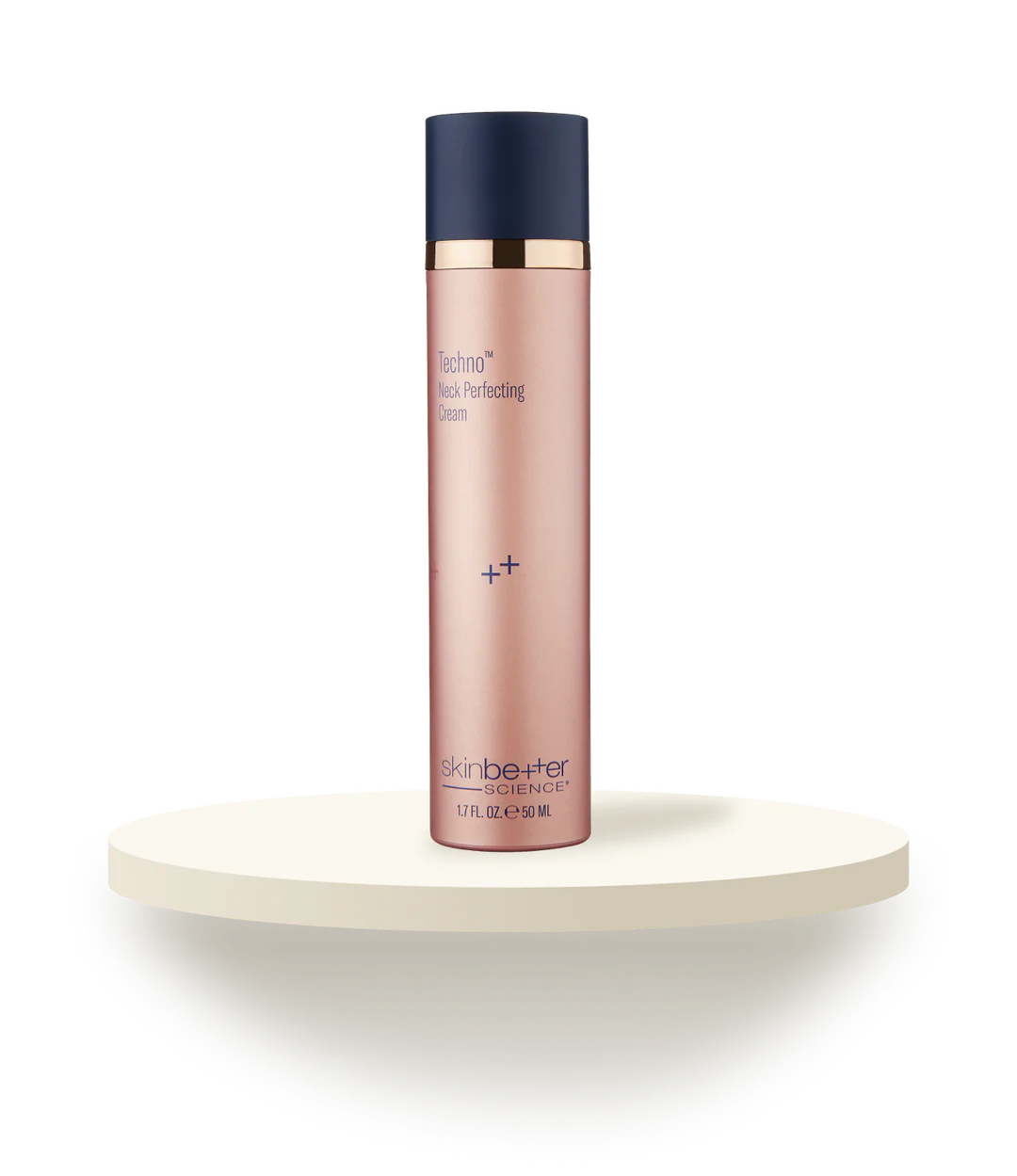Dynamic Chin Ptosis
Dynamic chin ptosis refers to the effacement (thinning) and drooping of the soft tissues in the chin pad when the person smiles. It happens because the soft tissue is pressed against the symphyseal bone prominence, which forces the chin pad to drop downward. This type of chin drooping is often caused by the removal of previously-placed alloplastic chin implants.
Static Chin Ptosis
According to Thieme, static chin ptosis can result from:
With this type of chin ptosis, the submental crease and the drooping chin pad are stable when smiling or not.
Difference between Ptosis & Witch’s Chin
In the past, chin ptosis and “Witch’s Chin” was largely thought to be the same. However, they are not. Regardless of type or cause, chin ptosis is generally defined as the downward repositioning of the soft tissue of the symphyseal (front of the chin) region of the face.
In comparison, witch’s chin is a chin deformity marked by a deep submental crease, drooping of the prenatal tissue, and often, hyper protection of the lower jawbone. In many cases, the appearance of a witch’s chin can be significantly improved without surgery. Botox® (botulinum toxin A) or another dermal filler can be directly injected to increase symmetry in the treatment area.
Causes of Chin Ptosis
Chin ptosis is often caused by the removal of chin implants. While the implants are in the chin, they stretch the skin and muscles in that area. When they are removed, the skin and other tissues are still stretched. That stretched tissue is very likely to sag and droop under the natural force of gravity.
The other major cause of chin ptosis is the aging process. Most people tend to have lower levels of collagen, elastin, and other substances that maintain skin elasticity and firmness with age. The force of decades of gravity and increased body fat volume that’s typical with aging also contribute to soft tissue sagging.
How to Diagnose Chin Ptosis
A skilled OMS (oral and maxillofacial surgeon) typically diagnoses chin ptosis. No two patients are alike and not all candidates can be helped. For instance, if the mentalis muscle is destroyed and nonfunctional, there is no surgical technique available to correct it.
The plastic surgeon will examine each patient, looking for disproportions between the underlying bony structure of the chin region, the soft tissue above it, and any external factors that may have contributed to the ptosis.
Correction of Chin Ptosis
The witch’s chin deformity and some other cases of chin ptosis can often be significantly improved by Botox® injections or the use of another dermal filler. In such cases, there is no need for intraoral incisions to be made. When this approach is not sufficient, various surgical procedures may be performed to correct the condition.
The plastic surgeon will determine the best technique for correction of chin ptosis in each patient based on individual factors including:
Shape of the chin
Vertical height of the chin
Thickness of the chin pad
Necessity of bone reduction
Height of the labiomental fold
Inclination of lower lip relative to the labiomental fold
The plastic surgery procedures used to correct chin ptosis typically involve the removal of soft tissues that are sagging, muscle tightening surgery, and surgery to resuspend intraoral muscles that surround the chin and mouth.
Tissue Excision
Excision is the process of surgical removal. Soft tissue refers to any tissue in the body that is not hardened or calcified, including skin, fat, tendon, ligament, and muscle tissues.
Excision of soft tissues in the mouth and chin region is the most commonly used approach to correcting chin ptosis. The surgeon will not manipulate the mentalis muscle or other tissues in any way if they are not relevant to the treatment plan.
If the patient has a deep submental crease, then the surgeon will likely remove the tissue that forms it as well. In some cases, an alloplastic chin implant is used to add prominence to a recessed chin during the same treatment in which the drooping soft tissue is excised.
This treatment is typically used in cases of dynamic chin ptosis, which is chin drooping that is worsened when the person is smiling.
Surgical Correction
In many cases, surgical resuspension of the mentalis muscles and/or other intraoral muscles is required to correct chin ptosis. In many cases, soft tissue excision is performed in conjunction with this procedure.
The surgical correction of a drooping chin can help to restore a more attractive and youthful appearance. It can also go a long way toward strengthening low self-esteem and relieving depression and anxiety. Many patients report feeling much more excited about engaging in social events after the procedure.
Muscle Tightening
The mentalis muscles are responsible for controlling the movements of the central lower lip. Sometimes, the chin develops a saggy look because the mentalis muscles are not properly suspending the lower lip, which forces the skin and other soft tissues beneath it to also drive downward.
In cases where the mentalis muscles have been stretched excessively, or they have lost their elasticity over time for another reason, a muscle tightening procedure can be very effective. Restoring the firmness of these muscles allows them to support the soft tissue of the chin much more effectively.

